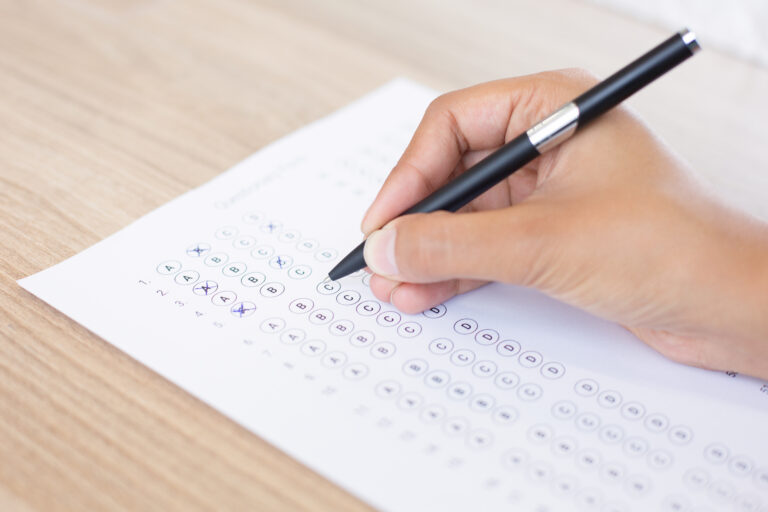
- Home
- IELTS Writing Task Effective Structure Plans for High Bands
- Priya
- 0 Comments
- January 21, 2025

IELTS Writing Task Effective Structure Plans for High Bands
The IELTS Writing section is crucial to achieving a high band score, and two of its most challenging tasks—Academic Writing Task 1 and Task 2—require careful structuring and planning. Task 1 asks you to summarize, describe, or explain a visual representation of data, while Task 2 involves crafting a well-organized essay based on a given prompt. Whether you’re describing trends or writing an argumentative essay, the key to success lies in having a clear structure and a solid plan. In this blog, we’ll guide you through the best strategies for planning and structuring both tasks to ensure your response is coherent, well-developed, and focused.
Structuring IELTS Academic Writing Task 1
The Essential Structure for Task 1
In Task 1, you are typically required to describe a graph, chart, table, diagram, or process. It’s crucial to follow a specific structure to make your response clear and concise. The structure should generally consist of three main parts: an introduction, an overview, and body paragraphs. • Introduction: Paraphrase the task question and introduce the visual data. • Overview: Provide a summary of the main trends or features. • Body Paragraphs: Present the detailed information, comparing relevant data points.
Planning Your Task 1 Response
Planning is critical in Task 1 because it helps you avoid unnecessary details and ensures you focus on the key trends or features of the data. Start by quickly reviewing the visual and identifying the main trends or changes. Then, jot down a few key points in your notes. For example, note any significant increases or decreases, trends, comparisons, or anomalies. Based on your observations, plan your body paragraphs logically—either by grouping similar data or following a chronological order if the data is time-based.
Keeping it Concise and Focused
In Task 1, brevity is important. Avoid discussing every small detail or overanalyzing the data. Focus on the major trends or comparisons and present them clearly in your body paragraphs. Ensure that each paragraph is dedicated to discussing a specific aspect of the data, and avoid switching between topics in the same paragraph. A focused and well-organized response will help you meet the word count requirement while keeping your answer relevant and on-topic.
Structuring IELTS Academic Writing Task 2
The Essential Structure for Task 2
Task 2 requires you to write an essay, and your structure needs to be organized and clear. A standard structure for Task 2 includes the following parts: • Introduction: Paraphrase the question and present your thesis statement. • Body Paragraphs: Develop two or three main points, each supported with examples and explanations. • Conclusion: Summarize your arguments and restate your thesis in a concise manner.
Planning Your Task 2 Response
Effective planning for Task 2 is essential for staying focused and organized. After reading the question, take a few minutes to identify the key points and determine your stance if required (e.g., giving an opinion or discussing both sides). Outline your arguments for each paragraph and think of examples that support your points. Ensure your body paragraphs follow a logical order and each one addresses a different aspect of the topic. Creating a rough outline can save you valuable time during the writing process.
Creating a Strong Thesis Statement
Your thesis statement in Task 2 plays a crucial role in presenting your main argument or stance. It should clearly convey your response to the question and guide the direction of your essay. A weak or unclear thesis can confuse the reader and lead to a disorganized essay. For example, in an opinion essay, your thesis should state your opinion clearly, while in a problem-solution essay, it should outline the problem and the solutions you will discuss.
Effective Time Management for Planning and Structuring
Allocating Time for Each Task
Time management is a critical aspect of the IELTS Writing section. You have approximately 60 minutes to complete both tasks, with Task 1 generally taking 20 minutes and Task 2 taking 40 minutes. Use your time wisely by allocating sufficient time for both planning and writing. It’s essential to spend a few minutes at the beginning of each task analyzing the question, outlining your response, and organizing your thoughts before you begin writing.
Staying on Track
During the writing process, it’s easy to get caught up in details or go off-topic. To avoid this, keep referring to your outline to stay focused. Having a clear structure in mind will help you avoid straying from your main ideas. In Task 2, remember that each paragraph should address one main point, and in Task 1, stick to summarizing the key features or trends of the data.
Avoiding Rushed or Incomplete Responses
One common mistake candidates make is rushing through their response in an attempt to finish quickly. This can lead to incomplete or poorly structured answers. Take the time to fully develop your ideas, proofread for errors, and ensure you have met the word count requirements for both tasks. Quality is more important than speed, and a well-organized, clear essay will score higher than one that is rushed and incomplete.
Writing Clear and Coherent Paragraphs
The Importance of Clear Paragraphing
Both Task 1 and Task 2 require you to write clear and coherent paragraphs. Each paragraph should focus on a specific idea or point and be structured logically to ensure clarity. In Task 1, each paragraph should describe a specific trend or feature of the data, while in Task 2, each paragraph should present a separate argument or viewpoint. A clear paragraph structure helps the examiner follow your ideas and improves the overall readability of your essay.
Topic Sentences and Supporting Details
To ensure each paragraph is well-organized, start with a topic sentence that clearly states the main idea. This will give your paragraph direction and help the reader understand its purpose. Following the topic sentence, include supporting details, examples, or explanations that help develop your argument or analysis. Avoid including irrelevant or unnecessary information, as this can confuse the reader and weaken your point.
Linking Ideas Between Paragraphs
To make your essay more cohesive, use linking words and phrases to connect ideas between paragraphs. These can include transitions such as “on the other hand,” “in addition,” or “conversely.” Linking words help guide the reader through your essay, making your argument flow more logically and naturally. Without these transitions, your essay may seem disjointed and harder to follow.
Reviewing and Editing Your Writing
Importance of Proofreading
Once you have completed your writing, take the time to review and edit your work. Proofreading is essential to ensure your essay is free of grammatical errors, typos, or inconsistencies. Even small mistakes can lower your band score, so read through your essay carefully before submitting it. Check for common mistakes such as subject-verb agreement errors, punctuation issues, and spelling mistakes.
Checking Structure and Coherence
While proofreading, also review your essay’s structure. Ensure that your introduction clearly introduces the topic, your body paragraphs are logically organized, and your conclusion summarizes your main points. In Task 1, check that you have summarized the main trends and presented the data clearly. In Task 2, verify that your arguments are supported with examples and that your thesis is clearly restated in the conclusion.
Improving Clarity and Conciseness
During the editing process, look for opportunities to improve clarity and conciseness. In both Task 1 and Task 2, avoid overly complicated sentences or excessive wordiness. Ensure that each sentence adds value to your argument or analysis. Aim for a balance between detail and brevity to make your essay easy to read and understand.
Conclusion
Mastering the art of structuring and planning for both IELTS Academic Writing Task 1 and Task 2 is essential to producing high-quality essays. By following the strategies outlined in this blog—carefully analyzing the question, organizing your thoughts, and reviewing your work—you can improve your chances of achieving a high band score. With consistent practice and attention to detail, you’ll be well on your way to writing clear, cohesive, and well-organized essays in both tasks.
Section Title
Band 9 Tips for Skimming in IELTS Reading Skimming is one of the most crucial techniques for...
Key Techniques for IELTS Reading Section 1 The IELTS Reading test is divided into three sections...
Vocabulary for IELTS Reading Success Vocabulary plays a crucial role in the IELTS Reading test, as...
Time Management for IELTS Reading The IELTS Reading test is one of the most challenging sections for...
Avoid Common IELTS Reading Mistakes The IELTS Reading test can be tricky, and many candidates lose...
Strategies for Tackling IELTS Reading The IELTS Reading section can be a major challenge due to time...
Guide to High Scores in IELTS Reading The IELTS Reading section is one of the most challenging parts...
Overcome Speed in IELTS Listening Section 4 IELTS Listening Section 4 is one of the most challenging...
Master Academic Lectures in IELTS Section 4 IELTS Listening Section 4 is the most challenging part...










Leave a Comment